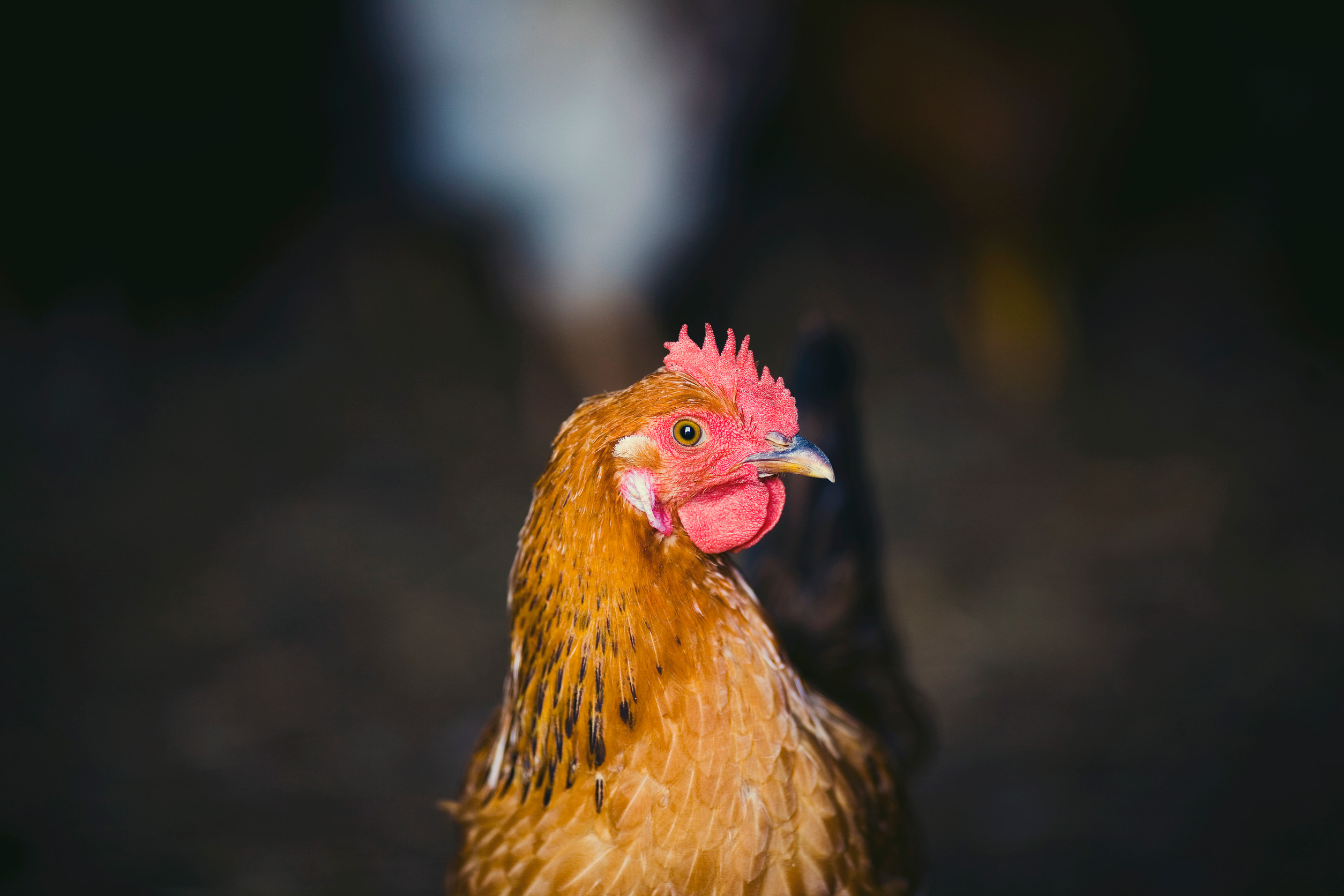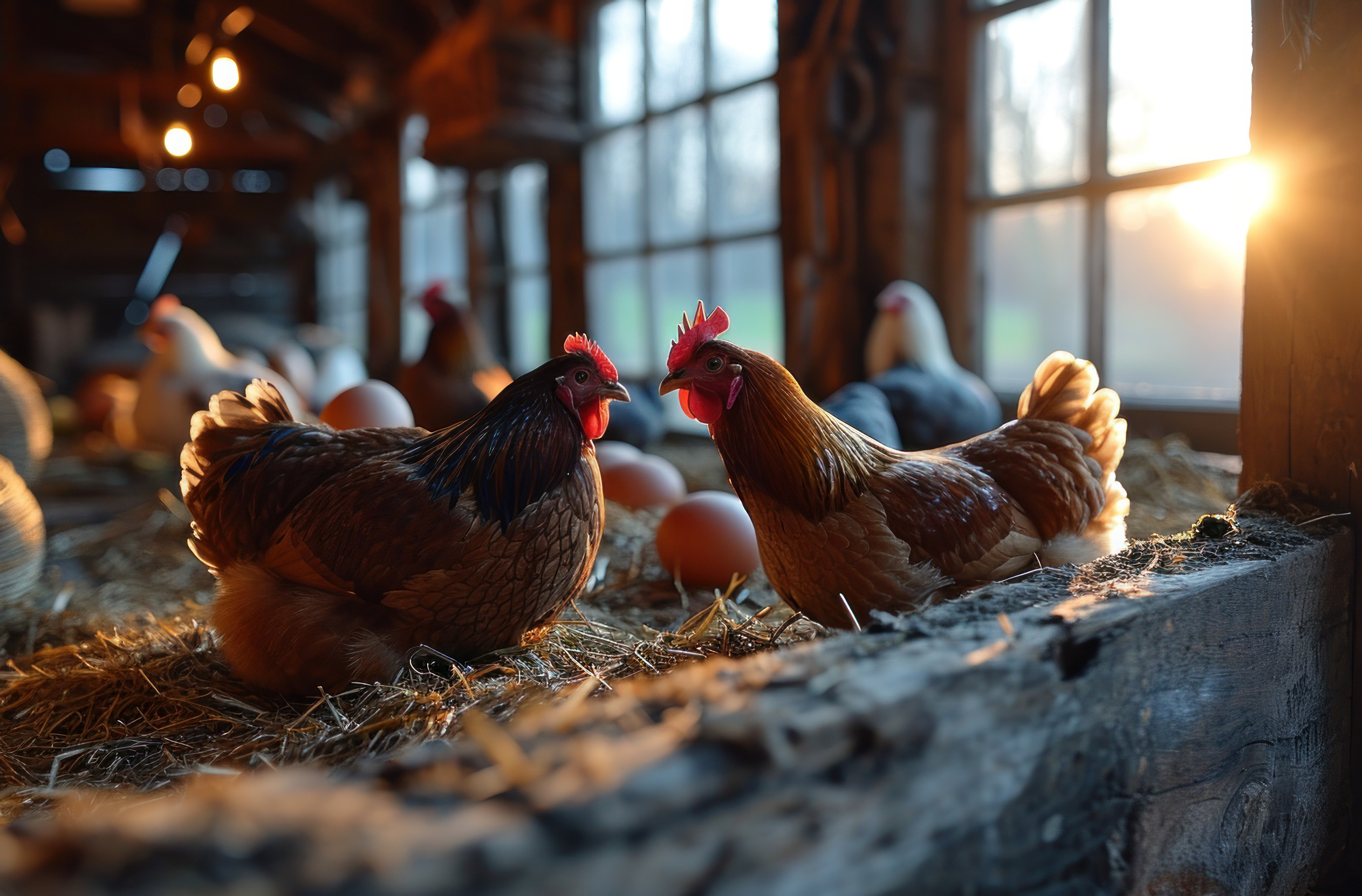Backyard chickens sound like a dream. Fresh eggs on demand, quirky feathered personalities, and the charm of farm life right in the backyard. But like all good dreams, there’s a wake-up call waiting behind the coop.
Chickens can be rewarding, but they also come with costs that many people never expect until it’s too late. From feed bills that creep up on you to predators that never stop trying, the price of keeping hens often runs deeper than cartons of eggs at the store.
1. The Coop Isn’t Cheap
The first major cost is the coop itself, and it’s never as simple as a few boards nailed together. A sturdy, predator-proof coop with proper ventilation and enough room per bird can run into hundreds—or even thousands—of dollars. Skimping here usually leads to expensive repairs later or worse, lost chickens.
Even a DIY build often requires lumber, wire mesh, roofing, and paint that quickly add up. What looks like a small upfront investment often turns into a surprisingly large construction project.
2. Feed Bills That Sneak Up
Feed costs don’t seem like much at first, but hens eat more than many expect. Between layer pellets, grit, oyster shell for calcium, and the occasional treat, the monthly total keeps climbing. Prices also fluctuate with the grain market, meaning a full flock can burn through the budget fast. Chickens won’t thrive on kitchen scraps alone, no matter what old homesteading myths claim. Over time, feeding a flock can rival or surpass the cost of store-bought eggs.
3. Bedding, Cleaning, and Coop Care
Chickens don’t stay clean for long, which means bedding costs are unavoidable. Straw, wood shavings, or other materials need constant replenishing, especially in rainy or cold climates. Then there’s the time, energy, and cleaning supplies needed to manage the smell and keep things sanitary.
A neglected coop isn’t just unpleasant—it attracts rodents, pests, and diseases that end up costing more to fix. What sounds like a quick weekend chore can become a weekly, ongoing project with a real price tag.
4. Unexpected Health Bills
Like any pet, chickens get sick, and treatment rarely comes cheap. Common issues range from parasites to respiratory infections, all of which may require medication or even a vet visit. Finding an avian vet isn’t always easy, and when you do, the fees can be higher than expected. Sometimes the expense comes not in money but in time, with hours spent nursing a bird back to health. Health costs pile up quickly and are rarely part of the original chicken-keeping plan.
5. Predator Protection
Predators are relentless, and they test every weak spot in a coop. Coyotes, raccoons, hawks, and even neighborhood dogs see chickens as an easy meal. Strong fencing, heavy-duty locks, and covered runs often become necessary upgrades. Replacing lost birds is not only heartbreaking but also financially draining when flocks are wiped out in a single night. Investing in predator protection is an ongoing cost that never really ends.
6. Seasonal and Weather Challenges
Chickens may be hardy, but extreme weather pushes them to the limit. In winter, heat lamps or insulated coops can send electricity bills soaring. In summer, shade structures, fans, and extra water stations are essential to keep birds alive and well. Severe weather also means repairs—snow collapsing a roof or storms damaging fences. Keeping chickens comfortable and safe year-round often takes more money than expected.
7. Time, Labor, and Hidden Effort
While not measured in dollars, the time cost of chicken keeping is significant. Daily feeding, watering, egg collecting, and cleaning never stop, rain or shine. Vacations or even weekend getaways suddenly require hiring a chicken-sitter or relying on neighbors. The value of personal time is often overlooked until the reality of routine care sets in. What started as a hobby quickly feels like a full-time responsibility with a price tag attached.
Eggs Come at a Price
Backyard chickens can be rewarding, but the hidden costs go far beyond the coop. Feed, bedding, predator protection, health care, and endless hours of maintenance all add layers of expense. For some, the joy of fresh eggs and feathered friends outweighs the costs. For others, the reality is that those “free” eggs end up being the most expensive dozen ever collected.
What do you think—are backyard chickens worth the hidden costs? Share your thoughts in the comments!
You May Also Like…
- The Truth About Raw Diets for Pets: What You Need to Know
- 10 Largest Zoos in the World Ranked by Animal Exhibits and Visitor Experience
- 10 Signs a Family Member Is Competing With Your Lifestyle
- 6 Things That Make Neighbors Quietly Complain About You
- 7 Fast Food Ingredients That Are Banned in Other Countries


